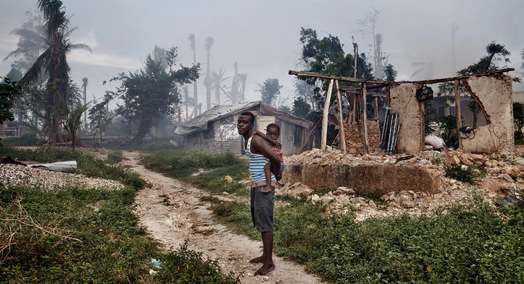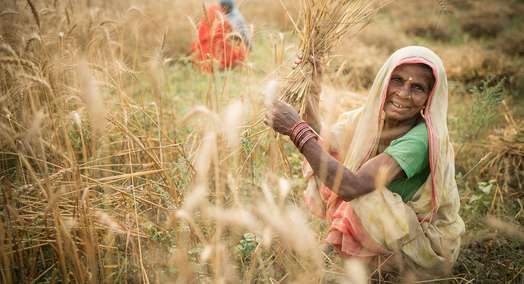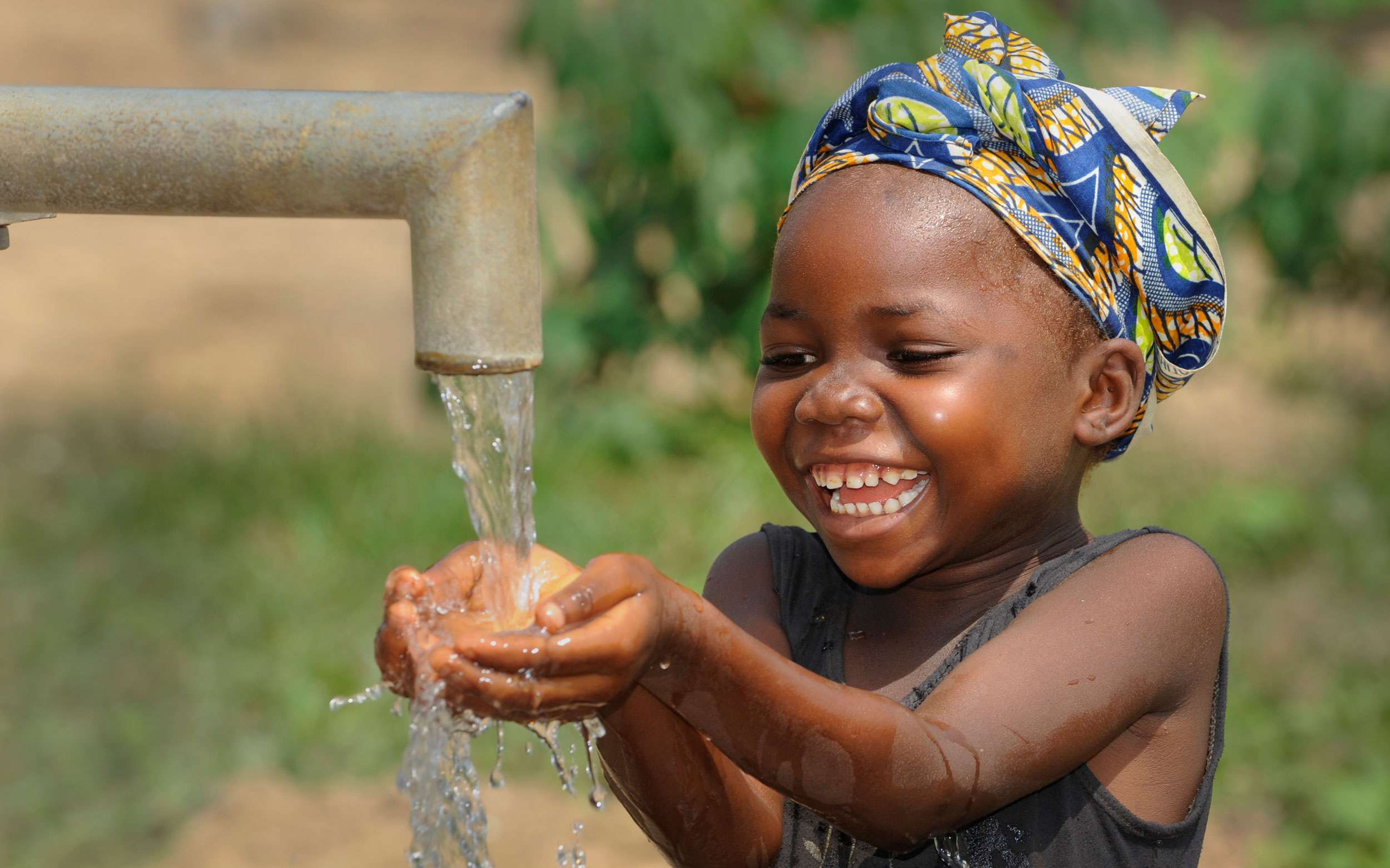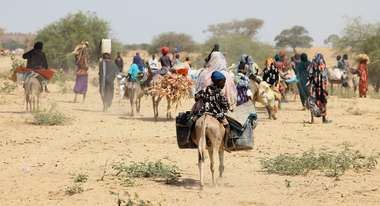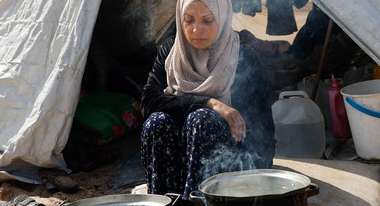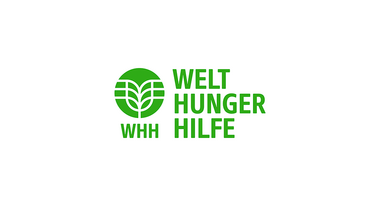El Niño brings extreme weather phenomena
People around the world need help to fight the effects, such as heavy rains and drought
The El Niño weather phenomenon happens every two to seven years and influences weather almost everywhere in the world. Which weather events can occur? What are the effects on people and the environment? Which countries are most threatened? What is Welthungerhilfe doing about the impending disasters? Find out more here.
According to the United Nations, El Niño in 2015/2016 is one of the three most extreme since 1950. Strongly contrasting effects and weather events can already be observed in entirely different parts of the world.
- Heavy rains in the north-west of South America.
- Aridity and drought in the Amazon rain forest.
- Severe periods of drought, failed harvests and death of animals in Ethiopia. The FAO estimates that 10.2 million Ethiopians suffer from food insecurity as a result. The early warning system for famines, FEWSNET, even warns that the number may rise to 18 million by the end of 2016.
- According to the UN, 40 million people in Southern Africa suffer from food insecurity, 23 million are dependent on humanitarian aid.
- Failed harvests in Haiti and Cuba.
- Bush and forest fires in South-east Asia.
- In Kenya this year there is set to be much heavier rain than normal, while people in Namibia, Malawi and Mozambique are suffering from water shortages.
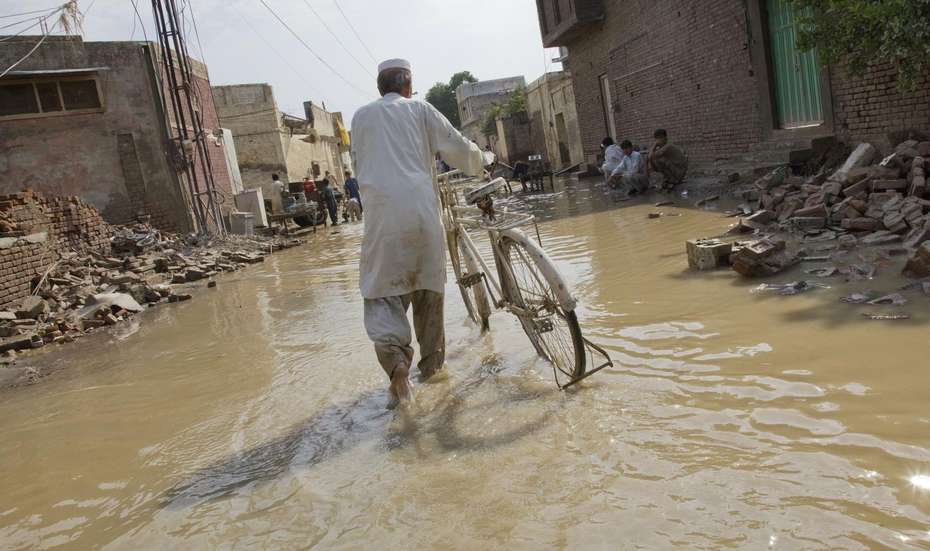
Far-reaching consequences
"The effects of such a powerful El Niño endanger livelihoods, harvests and food, particularly for poor people in countries under threat", says Robert Grassmann, an expert at Welthungerhilfe. "This year's El Niño will probably be one of the most severe in decades. It may lead not just to water shortages and failed harvests, causing famines in the worst-case scenario, but also to outbreaks of diseases like malaria and cholera." According to UN estimates, 60 million people will have to fight the effects of El Niño in the four most affected regions alone.
What is an El Niño?
El Niño is a climate anomaly which occurs primarily in the tropical Pacific but has global effects. Every 2 to 7 years, there are reversals in the normal weather situation: Trade winds slacken or die off and the water circulations and temperatures of the oceans change. The consequence: dangerous weather phenomena; torrential rains, stronger and more frequent storms, or the monsoons do not come and serious drought periods occur.
Disaster Risk Reduction: El Niño is not unexpected!
The international early warning systems indicated El Niño was coming. Now it is a matter of channelling energies and working together to prevent a worst-case scenario. For many years, Welthungerhilfe and its partners have been supporting disaster prevention measures in currently threatened countries like Peru, Haiti and Mozambique.
- Hillsides are being planted with vegetation, to prevent landslips.
- River banks are being secured, so that roads do not flood. Here, we are working closely with communities and local authorities.
- We are educating people through special training, for example in disaster management.
- Early warning and first aid groups are being created, which will inform residents in the event of a disaster. For the next weather warning their roles are clearly allocated and everyone knows what to do.
Malawi: 6,5 million people affected
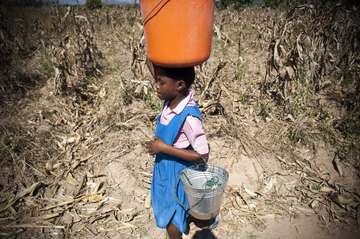
Several million people in Malawi are affected by flooding and droughts. A state of emergency has been declared. Both the production of staple foods, particularly corn, and of export plants such as tobacco is impaired. At the same time, floods threaten damage to roads, bridges and houses. The WFP estimates that 6.5 million people will be dependent on food aid in the coming months. © Longwe
South Sudan: first the war, now the drought
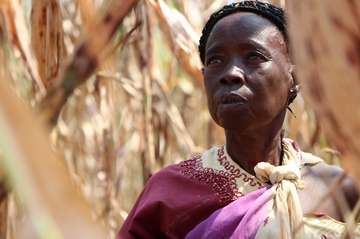
El Niño is being felt particularly in the central and eastern regions of South Sudan. Added to this are the consequences of the civil war: Flight, poverty, hunger and insecure access to food. 7.5 million people are already dependent on aid. © Gethmann
State of emergency in Zimbabwe
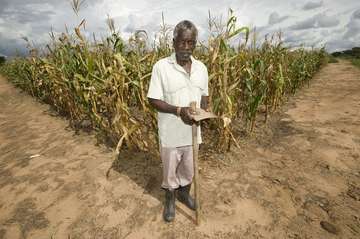
There is also a state of emergency in Zimbabwe: Four million people are affected by the current drought. The consequences: Loss of crops and livestock, dried-up wells and the risk of disease. Hunger and malnutrition threaten. In the coming rainy season, many regions could face flooding. © Ferwin
Uganda: no water, no food, no animals
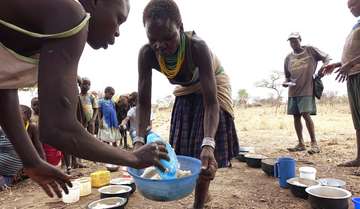
"There is nothing more here. No water, no food, no animals", reports Maria from Karamoja. Even back in 2015, one in four children was categorised as malnourished. Maria has barely been able to feed her children. Until she earns new farmland and a goat. © Köhler
Erosion and drought in Haiti
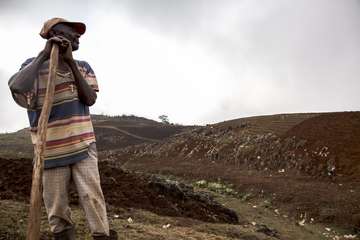
In Haiti, the provision of 3.5 million people is already at risk. The biggest problem: Drought. But even before El Niño, landslides and heavy rains had made many soils infertile. © Rommel
Ethiopia: 10 millions threatened by hunger
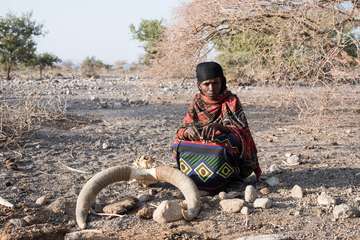
More than 10 million people in Ethiopia are threatened by hunger. Watch the Video and learn more about life in the Afar Region.
Reducing the disaster risk for the people
Welthungerhilfe has worked with its local and international partners, such as Alliance2015 and PREDES, to produce emergency plans in Peru, Haiti, Ethiopia, Sudan, Mali, Uganda and Zimbabwe. In Pakistan disaster risk reduction is now an integral part of Welthungerhilfe's country programme. Numerous countries are suffering the consequences of El Niño, and the next one will come in a few years – how can we help? We support the people to be better prepared for emergencies!
We cannot stop or influence El Niño, but we can prepare for it and reduce the disaster risk for people and prevent the worst of it. Welthungerhilfe and its partners are doing everything they can to strengthen those communities at risk.
Climate protection, poverty reduction and prosperity can work together: But we have to act now!
